Brief Overview of LED Lights
LED lights, or Light Emitting Diode lights, are a type of lighting technology that has gained widespread popularity in recent years. Unlike traditional incandescent bulbs that use a filament to produce light, LEDs use a semiconductor to emit light when an electrical current passes through it. This technology allows LED lights to be more efficient and longer-lasting compared to other lighting options. They come in various shapes, sizes, and colors, making them versatile for a wide range of applications in both residential and commercial settings.
Importance of Energy Efficiency in Lighting
Energy efficiency is a crucial aspect of modern lighting solutions. Traditional lighting methods, such as incandescent and fluorescent bulbs, consume a significant amount of energy and have shorter lifespans. This not only increases electricity bills but also has a negative impact on the environment due to higher carbon emissions.
LED lights offer a more energy-efficient alternative. They use up to 80% less energy than traditional incandescent bulbs and last significantly longer, often up to 25,000 hours or more. This means fewer replacements and reduced waste, contributing to environmental conservation. Additionally, LED lights produce less heat, which can help in reducing cooling costs in homes and buildings.
The importance of energy-efficient lighting extends beyond cost savings. By using LED lights, individuals and businesses can contribute to reducing the overall demand for energy. This, in turn, helps in lowering greenhouse gas emissions and decreasing reliance on fossil fuels. Governments and environmental organizations around the world are encouraging the adoption of energy-efficient lighting solutions as part of broader efforts to combat climate change and promote sustainable living.
In summary, LED lights represent a significant advancement in lighting technology, offering numerous benefits in terms of energy efficiency, cost savings, and environmental impact. As we move towards a more sustainable future, the adoption of LED lighting is a simple yet effective step that can make a big difference.
What are LED Lights?
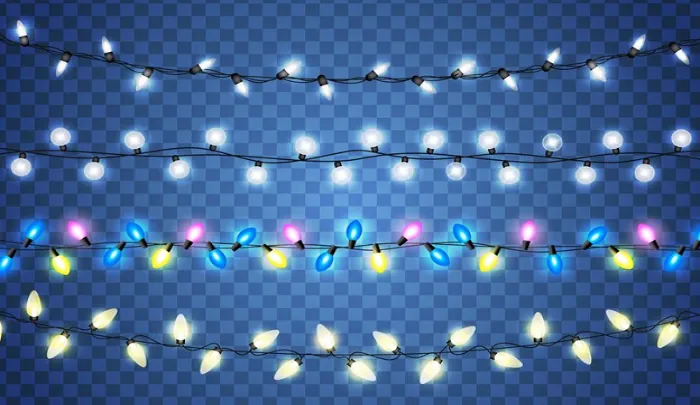
Definition and Basic Concept
LED lights, or Light Emitting Diode lights, are a type of lighting technology that uses semiconductors to emit light. When an electrical current passes through the semiconductor, it produces light through a process called electroluminescence. Unlike traditional bulbs that rely on a filament or gas to produce light, LEDs are more efficient and durable. They can produce a wide range of colors and are used in various applications, from household lighting to electronic displays and industrial uses.
Comparison with Traditional Lighting Options
LED lights offer several advantages over traditional lighting options like incandescent and fluorescent bulbs. Here are some key comparisons:
- Energy Efficiency: LED lights use significantly less energy compared to incandescent and fluorescent bulbs. While incandescent bulbs convert only about 10% of the energy they consume into light (the rest is wasted as heat), LEDs convert up to 90% of the energy into light, making them much more energy-efficient.
- Lifespan: LED lights have a much longer lifespan than traditional bulbs. An average LED light can last up to 25,000 hours or more, compared to about 1,000 hours for an incandescent bulb and 8,000 to 10,000 hours for a fluorescent bulb. This means LEDs need to be replaced less frequently, reducing maintenance costs and waste.
- Durability: LEDs are more robust and durable. They are made from solid materials and can withstand shocks, vibrations, and extreme temperatures better than traditional bulbs. This makes them suitable for a variety of environments, including outdoor and industrial settings.
- Heat Emission: Traditional bulbs, especially incandescent ones, emit a lot of heat. LEDs, on the other hand, produce very little heat, which makes them safer to use and helps in reducing cooling costs in buildings.
- Environmental Impact: LED lights are more environmentally friendly. They consume less power, have a longer lifespan, and do not contain harmful substances like mercury, which is found in fluorescent bulbs. This makes disposal easier and safer for the environment.
In summary, LED lights are a modern lighting solution that offers superior efficiency, durability, and environmental benefits compared to traditional lighting options. Their widespread adoption is helping to reduce energy consumption and promote more sustainable living.
Energy Efficiency of LED Lights
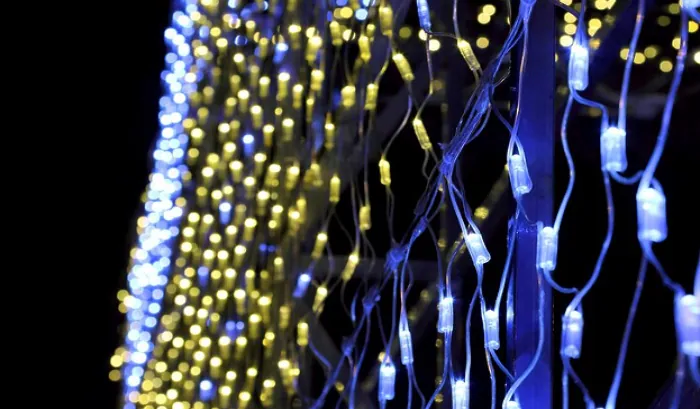
How LED Lights Save Energy
LED lights are designed to be highly energy-efficient. Traditional incandescent bulbs work by heating a filament until it glows, which uses a lot of energy. In contrast, LED lights use semiconductors that emit light when an electric current passes through them. This process, known as electroluminescence, is much more efficient because it produces light directly without generating a lot of heat. As a result, LEDs use up to 90% less energy than incandescent bulbs to produce the same amount of light. Additionally, LED lights are directional, meaning they emit light in a specific direction, reducing wasted light and further increasing efficiency.
Impact on Electricity Bills and the Environment
The energy efficiency of LED lights has a significant positive impact on electricity bills and the environment. Here’s how:
- Lower Electricity Bills: Because LED lights use much less energy, they can dramatically reduce electricity costs. For example, replacing all the traditional bulbs in a home with LEDs can lower lighting expenses by up to 75%. This can result in substantial savings over time, especially in large homes or businesses with many lights.
- Reduced Environmental Impact: Using less energy helps reduce the overall demand for electricity, which is often generated from fossil fuels like coal and natural gas. By decreasing the need for these resources, LEDs help lower greenhouse gas emissions, which contribute to climate change. Additionally, because LEDs last much longer than traditional bulbs, they need to be replaced less frequently, leading to less waste and fewer resources used in manufacturing and disposal.
- Less Heat Emission: LED lights produce very little heat compared to incandescent and even fluorescent lights. This not only makes them safer to use but also reduces the load on air conditioning systems, especially in warmer climates, further saving energy and reducing cooling costs.
In summary, LED lights save energy by being much more efficient than traditional lighting options. This efficiency leads to lower electricity bills and a smaller environmental footprint, making LEDs an excellent choice for both financial savings and eco-friendly living.
Longevity and Durability
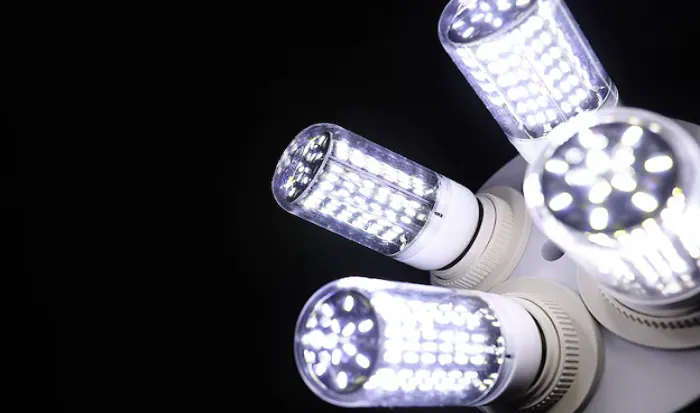
Lifespan of LED Lights
LED lights, or light-emitting diodes, are known for their impressive longevity. Unlike traditional incandescent bulbs, which typically last around 1,000 hours, LED lights can last up to 25,000 hours or more. This extended lifespan means you won’t need to replace your lights as often, saving you time and money in the long run. LED lights achieve this longevity through their efficient design, which uses less energy and produces less heat. This lower heat output reduces wear and tear on the components, contributing to a longer operational life.
Resistance to Wear
One of the key advantages of LED lights is their resistance to wear. Traditional light bulbs are prone to breaking, especially when subjected to vibrations or impacts. In contrast, LEDs are solid-state devices, which means they are much more durable and less likely to suffer from physical damage. This makes them an excellent choice for areas where lights are frequently turned on and off or exposed to movement, such as in homes, offices, and industrial settings.
Environmental Factors
LED lights are also highly resistant to environmental factors. They perform well in a wide range of temperatures, from extreme cold to intense heat. Unlike fluorescent bulbs, which can struggle in low temperatures, LEDs maintain their performance and efficiency regardless of the weather conditions. Additionally, LEDs are more resistant to moisture and humidity, making them suitable for outdoor use and in areas like bathrooms and kitchens where humidity levels can be high.
Benefits of Durability
The durability of LED lights translates into several benefits. First, it reduces the frequency of replacements, leading to lower maintenance costs. Second, their resilience in different environmental conditions means they can be used in a variety of applications, both indoors and outdoors. Finally, the robust nature of LEDs makes them a reliable lighting solution, providing consistent illumination over many years without the common issues of flickering or dimming that can affect other types of bulbs.
In summary, the longevity and durability of LED lights make them an excellent investment. Their extended lifespan, resistance to wear, and ability to withstand environmental factors ensure that they provide reliable and efficient lighting for a wide range of applications.
Performance Benefits
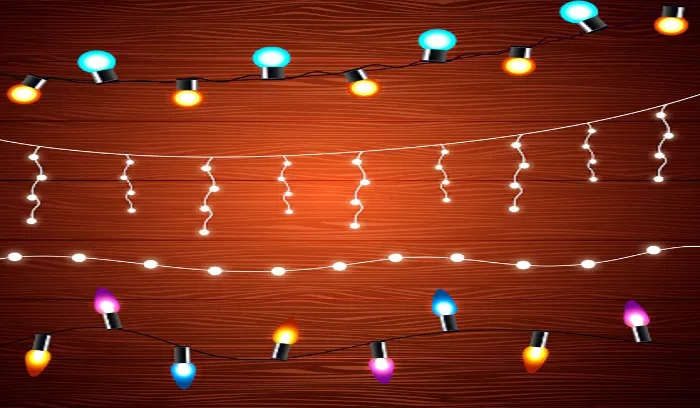
Brightness and Light Quality
LED lights are known for their excellent brightness and light quality. They can produce a wide range of colors and intensities, making them suitable for various applications. Whether you need bright, focused light for a workspace or soft, warm light for a living room, LEDs can meet your needs. The quality of light from LED bulbs is often superior to that of traditional incandescent or fluorescent bulbs, providing clear and consistent illumination without flickering or color distortion. This makes LEDs ideal for both residential and commercial settings where good lighting is crucial.
Instant Illumination
One of the standout features of LED lights is their ability to provide instant illumination. Unlike some types of bulbs that take a moment to reach full brightness, LEDs turn on at their maximum brightness immediately. This is particularly beneficial in areas where immediate light is essential, such as in garages, stairwells, or when used in motion sensor lights. The instant illumination of LEDs enhances safety and convenience, ensuring that you have light exactly when you need it without any delay.
Dimming Capabilities
LED lights also offer advanced dimming capabilities, allowing you to adjust the brightness to suit different activities and moods. Unlike traditional incandescent bulbs, which can sometimes flicker or change color when dimmed, LEDs maintain their color quality and stability at various brightness levels. This makes them perfect for creating a comfortable and adaptable lighting environment in your home or office. Whether you want to lower the lights for a cozy evening or brighten them for reading or working, LED dimming options provide the flexibility you need.
Energy Efficiency
Another performance benefit of LED lights is their energy efficiency. LEDs use significantly less electricity than traditional bulbs, converting most of the energy they consume into light rather than heat. This not only reduces your energy bills but also decreases your environmental footprint. The high efficiency of LED lights means you can enjoy bright, high-quality illumination without worrying about excessive energy consumption.
Durability and Reliability
LED lights are designed to last, with a lifespan that far exceeds that of incandescent and fluorescent bulbs. Their solid-state construction makes them more durable and resistant to shocks and vibrations. This reliability ensures that LEDs provide consistent performance over time, reducing the need for frequent replacements and maintenance.
In conclusion, the performance benefits of LED lights, including their brightness and light quality, instant illumination, and dimming capabilities, make them an excellent choice for any lighting application. Their energy efficiency and durability further enhance their value, offering reliable and high-quality lighting for years to come.
Cost Savings
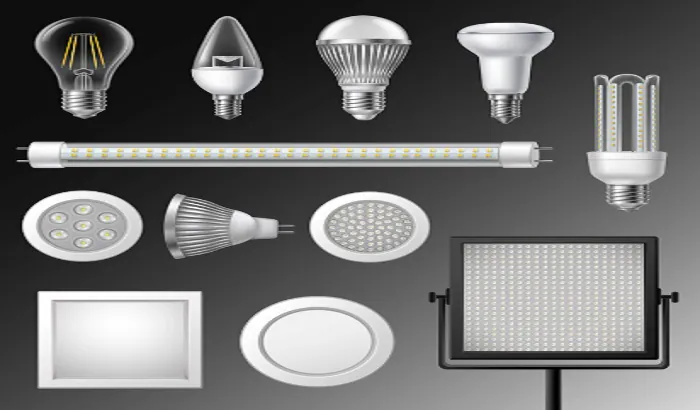
Initial Cost vs. Long-Term Savings
When considering LED lighting, it's important to understand the initial cost versus the long-term savings. LED lights tend to be more expensive upfront compared to traditional incandescent or fluorescent bulbs. However, this higher initial cost is offset by significant savings over time. LEDs use much less energy, which means lower electricity bills. For example, an LED bulb can use up to 75% less energy than an incandescent bulb. This reduction in energy consumption leads to substantial savings on your monthly utility bills. Additionally, LEDs have a much longer lifespan, often lasting 25,000 to 50,000 hours compared to the 1,000 hours of an incandescent bulb. This longevity means fewer replacements and thus less money spent on purchasing new bulbs.
ROI (Return on Investment) in LED Lighting
The return on investment (ROI) for LED lighting is another critical factor. Despite the higher upfront cost, the savings on energy bills and replacement costs provide a quick ROI. Typically, the payback period for switching to LED lighting can be as short as a year or two, depending on the scale of the lighting installation and usage patterns. After the initial cost is recouped, the ongoing savings continue, effectively putting money back in your pocket over the life of the LED bulbs.
For businesses, the ROI is even more pronounced. Large facilities with extensive lighting needs can save thousands of dollars annually by switching to LED lighting. The reduced maintenance costs, combined with energy savings, significantly improve the overall financial performance of the investment in LEDs.
In addition to direct cost savings, there are other financial benefits to consider. Many utility companies offer rebates and incentives for businesses and homeowners who switch to energy-efficient LED lighting. These programs can help offset the initial purchase price and further enhance the ROI.
In conclusion, while LED lights may have a higher initial cost, the long-term savings make them a smart financial choice. The substantial reduction in energy usage and the extended lifespan of LEDs lead to significant savings on electricity bills and replacement costs. The ROI for LED lighting is quick, making it a worthwhile investment for both residential and commercial settings.
Environmental Impact
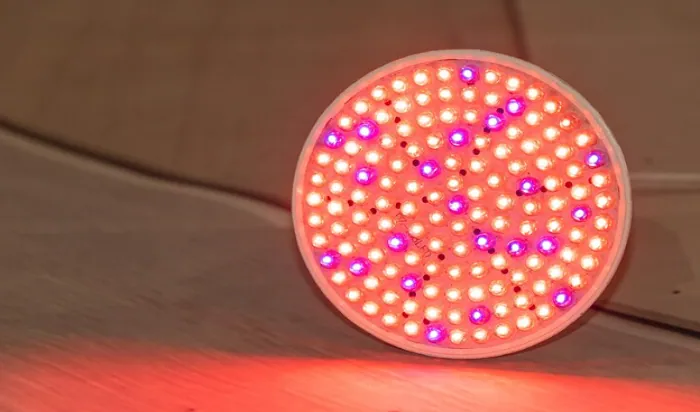
Reduction in Carbon Footprint
One of the most significant environmental benefits of LED lighting is the reduction in carbon footprint. LED lights are highly energy-efficient, using up to 75% less electricity than traditional incandescent bulbs. This efficiency means that less energy is required to produce the same amount of light, which in turn reduces the demand for electricity. Since much of the world's electricity is still generated from fossil fuels like coal and natural gas, using less electricity means fewer greenhouse gases are emitted into the atmosphere. By switching to LED lighting, both individuals and businesses can significantly decrease their carbon footprint and contribute to the fight against climate change.
Eco-Friendly Materials and Disposal
LED lights are also more environmentally friendly when it comes to the materials used in their construction and their disposal. Traditional incandescent and fluorescent bulbs contain hazardous materials such as mercury, which can be harmful to the environment if not disposed of properly. In contrast, LED bulbs do not contain mercury or other toxic substances, making them safer for both the environment and human health.
Moreover, the long lifespan of LED bulbs means that fewer bulbs need to be manufactured and disposed of over time. This reduction in waste is another way LEDs contribute to environmental sustainability. Fewer replacements mean less waste going to landfills and less energy and resources used in the manufacturing process.
When LED bulbs do eventually reach the end of their useful life, they can often be recycled. Many components of LED lights, such as the metals and certain plastics, can be recovered and reused in the production of new bulbs or other products. This recycling process further reduces the environmental impact of LED lighting.
In conclusion, LED lights are a more environmentally friendly choice compared to traditional lighting options. Their high energy efficiency helps reduce carbon emissions, contributing to a lower carbon footprint. Additionally, the absence of hazardous materials and the potential for recycling make LEDs a safer and more sustainable option for lighting. By choosing LED lighting, individuals and businesses can play a part in protecting the environment and promoting sustainability.
Applications of LED Lights
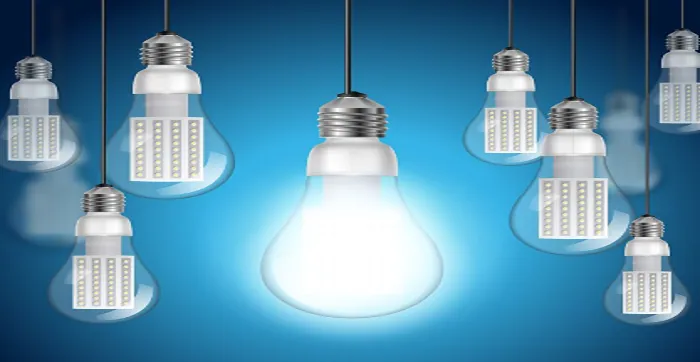
Residential Uses
Indoor Lighting: LED lights are highly versatile for indoor residential use. They can be used in various settings, including kitchens, living rooms, bedrooms, and bathrooms. For example, LED bulbs are ideal for overhead lighting, under-cabinet lighting, and accent lighting. Their ability to offer bright, clear light while consuming less energy makes them perfect for everyday use. Additionally, LED lights come in different color temperatures, from warm white to cool white, allowing homeowners to create the desired ambiance in their living spaces.
Outdoor Lighting: In outdoor settings, LEDs are equally effective. They are commonly used for garden lighting, pathway illumination, and security lighting. Outdoor LED lights are designed to withstand various weather conditions, including rain and extreme temperatures. They offer bright, reliable illumination for safety and security, and their energy efficiency makes them an excellent choice for long-term use. LED floodlights, landscape lights, and motion-activated security lights are popular options for enhancing outdoor areas.
Commercial and Industrial Applications
Commercial Lighting: In commercial environments, LED lights are used extensively due to their energy efficiency and longevity. They are ideal for office buildings, retail stores, restaurants, and public spaces. LED lights can be used for general lighting, task lighting, and display lighting. For example, LED panels and troffers are commonly used in office spaces for uniform, bright lighting that reduces eye strain. In retail settings, LED spotlights and track lights help highlight products and create an inviting atmosphere.
Industrial Lighting: LED lights are also well-suited for industrial applications. They are used in warehouses, factories, and manufacturing facilities. Industrial LED lights provide bright, durable illumination needed for safe and efficient operations. High-bay LED lights are often used in large spaces with high ceilings, while LED floodlights and area lights are used for outdoor industrial areas. Their rugged design and ability to operate effectively in harsh conditions make LEDs a preferred choice in industrial settings.
In summary, LED lights offer a wide range of applications across residential, commercial, and industrial settings. Their energy efficiency, durability, and versatility make them suitable for various uses, from enhancing the comfort of your home to improving safety and productivity in commercial and industrial environments.
Choosing the Right LED Lights
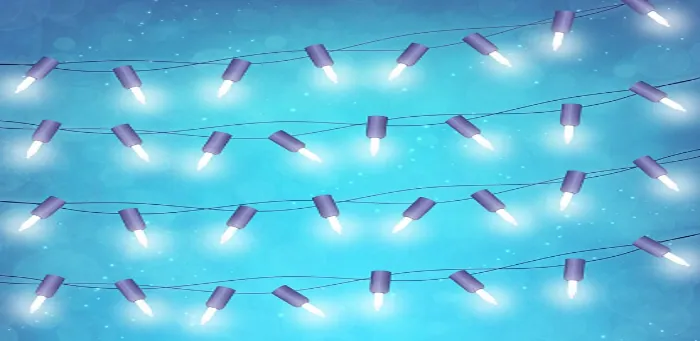
Key Factors to Consider
Brightness: When selecting LED lights, brightness is a crucial factor. LED brightness is measured in lumens, not watts. Higher lumens mean brighter light. For example, if you need bright light for tasks like reading or cooking, look for LEDs with higher lumen ratings. Conversely, for more subtle lighting, such as ambient or mood lighting, choose LEDs with lower lumens. Check the packaging or product specifications for lumen information to ensure you select the right level of brightness for your needs.
Color Temperature: Color temperature affects the appearance of light and the mood it creates. LED lights come in various color temperatures, typically measured in Kelvin (K). Lower Kelvin values (e.g., 2700K) produce warm, yellow light similar to incandescent bulbs, which creates a cozy, inviting atmosphere. Higher Kelvin values (e.g., 5000K) produce cooler, blue-white light that is often used for workspaces and areas requiring bright, clear illumination. Choose the color temperature that best suits the function and ambiance of the room.
Fittings: The type of fitting or base is essential to ensure compatibility with your existing fixtures. LED lights come in various fittings, such as E27 (screw), GU10 (twist and lock), and MR16 (pin). Make sure to match the fitting type of the LED light with your light fixtures to ensure a proper fit. Some LED bulbs are designed to be compatible with standard fixtures, while others may require specific adapters or fixtures.
Tips for Selecting Energy-Efficient LEDs
Check Energy Star Ratings: Look for LEDs with the Energy Star label, which indicates that the light has met rigorous energy efficiency standards. Energy Star-rated LEDs use less energy and have a longer lifespan compared to standard bulbs.
Consider Wattage Equivalent: Compare the wattage equivalent of LED lights to traditional bulbs. For example, a 10-watt LED might replace a 60-watt incandescent bulb, providing similar brightness while consuming significantly less energy. This comparison helps in selecting an energy-efficient option that meets your lighting needs.
Evaluate Lifespan: LED lights have a longer lifespan compared to traditional bulbs. Check the manufacturer’s specifications for the expected lifespan of the LED bulb, usually measured in hours. Choosing bulbs with a longer lifespan reduces the frequency of replacements and contributes to overall cost savings.
In summary, selecting the right LED lights involves considering brightness, color temperature, and fitting compatibility. By focusing on these factors and choosing energy-efficient options, you can enhance your lighting while saving on energy costs and maintenance.
Innovations in LED Technology
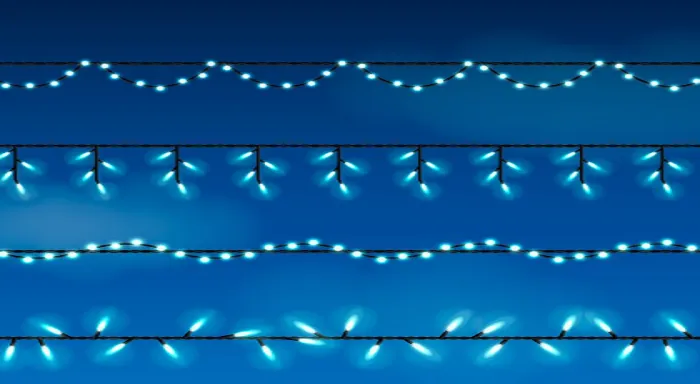
Smart LED Lighting Systems
Introduction to Smart LED Lights: Smart LED lighting systems are revolutionizing how we control and interact with our home and office lighting. These systems connect to your home Wi-Fi network or Bluetooth, allowing you to control the lights remotely using a smartphone app or voice commands through smart assistants like Amazon Alexa or Google Assistant. With smart LED lights, you can adjust brightness, change colors, set schedules, and create lighting scenes tailored to your preferences—all from your mobile device.
Features and Benefits: Smart LED lights offer several advanced features. They enable you to program lighting schedules to automatically turn on or off at specific times, enhancing security by simulating your presence when you’re away. Some models even offer color-changing capabilities, allowing you to set different moods or themes for various occasions, such as warm light for a cozy atmosphere or bright white light for productivity. Additionally, smart lighting systems can integrate with other smart home devices, such as motion sensors and smart thermostats, for a more cohesive and automated home environment.
Advancements in LED Design and Functionality
Improved Efficiency and Performance: Recent advancements in LED technology focus on improving energy efficiency and performance. Modern LEDs are designed to deliver higher lumens per watt, providing more light output while consuming less power. Innovations in thermal management and light distribution technology also help LEDs run cooler and last longer. These improvements contribute to reduced energy costs and enhanced reliability over time.
Enhanced Design Options: LED technology has also led to more versatile and aesthetically pleasing designs. From ultra-slim fixtures to flexible LED strips, there are numerous options to fit various decor styles and installation needs. Advanced LED designs include tunable white light, where the color temperature can be adjusted throughout the day to mimic natural sunlight, which helps regulate circadian rhythms and improve well-being. Additionally, decorative LED designs, such as embedded lighting and customizable panels, offer creative solutions for both residential and commercial spaces.
Dynamic and Interactive Features: New LED designs incorporate dynamic features like color-changing capabilities and interactive lighting effects. For instance, some LED systems can sync with music or video content, creating immersive lighting experiences for entertainment purposes. These innovations not only enhance the functionality of LED lighting but also offer new ways to personalize and engage with your lighting environment.
In summary, innovations in LED technology, including smart lighting systems and advancements in design and functionality, are transforming how we use and experience lighting. These developments offer enhanced control, efficiency, and creativity, making LED lighting a more integral and versatile part of modern living spaces.
LED lights offer numerous benefits, including energy efficiency, long lifespan, and lower maintenance costs. They provide bright, high-quality illumination while using less power compared to traditional lighting options. Their durability means fewer replacements, and they contribute to significant savings on energy bills. Additionally, LED lights are environmentally friendly, with reduced carbon footprints and recyclable materials. Switching to LED lighting not only enhances the ambiance of your space but also supports a more sustainable and cost-effective approach to home and office lighting. Embrace LED technology to enjoy brighter, smarter, and more economical lighting solutions.
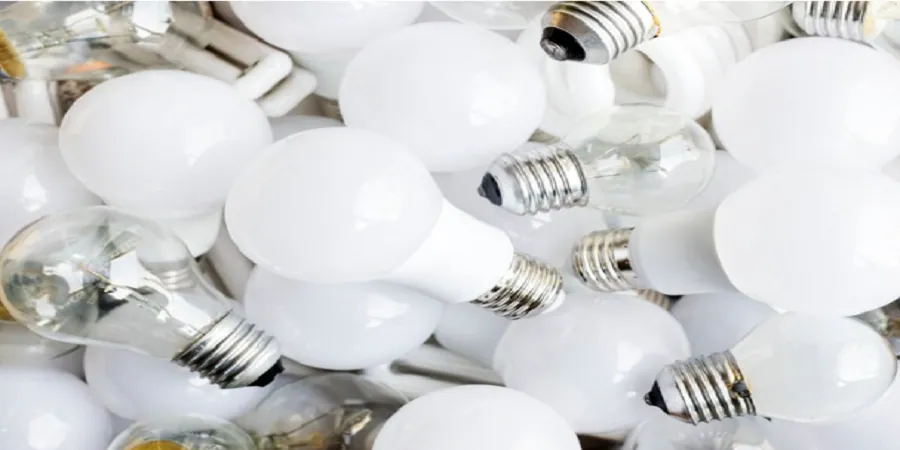
Comments